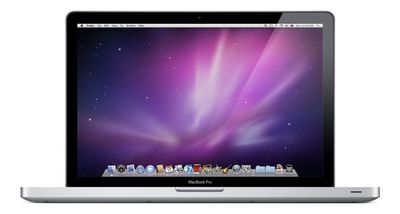Earlier in March, WikiLeaks began "Vault 7," a project focused on sharing exploits created and used by the United States Central Intelligence Agency, beginning with leaking 8,761 documents discovered within an isolated network in Langley, Virginia. Following the release of iOS-related documents, as well as some Mac exploits, Vault 7's publications didn't specifically include Apple products for much of the year.
Now, the leakers have shared two new exploits that are said to have been created under the codenamed "Imperial" project by the CIA. The first is called "Achilles," and WikiLeaks said it allows an operator to trojan a disk image installer on a Mac computer, giving the operator "one or more desired...executables" for a one-time execution. This means that a .dmg file could be downloaded by a user, containing malicious content, and dragged into their application directory without knowing.

In the Achilles user guide, it's explained that the trojaned .dmg file would behave similarly to the original file, and that all of the operator's intended executables would run the first time the app is launched. Afterwards, all traces of Achilles would be "removed securely" from the .app file and that file would "exactly resemble" the original, un-trojaned application. Achilles was only tested on OS X 10.6, which is Apple's Snow Leopard operating system that launched in 2009.
Achilles is a capability that provides an operator the ability to trojan an OS X disk image (.dmg) installer with one or more desired operator specified executables for a one-time execution.
The second exploit is called "SeaPea," and is described as a Rootkit for OS X that provides an operator with "stealth and tool launching capabilities." SeaPea hides files and directories, socket connections, and processes from the user, allowing the operator to access a Mac computer without their presence being known.
SeaPea was tested on Macs running both OS X 10.6 and OS X 10.7 (Lion), and requires root access to be installed on the Mac in question. The vulnerability would remain on the computer until the hard drive was reformatted or the user upgraded to the next major OS version.
SeaPea is an OS X Rootkit that provides stealth and tool launching capabilities. It hides files/directories, socket connections and/or processes. It runs on Mac OSX 10.6 and 10.7.
Among the Imperial documents is an automated implant for Windows devices called Aeris, which rounds out all of the leaked CIA files published by WikiLeaks today. Another Vault 7 release earlier this summer focused on the use of modified versions of router firmware to turn networking devices into surveillance tools, called "Cherry Blossom."
Due to the older Mac software used for testing Achilles and SeaPea, it's likely that such exploits have already been addressed by Apple in the numerous updates that have been released since Snow Leopard in 2009 and Lion in 2011. The previous vulnerabilities leaked by WikiLeaks in March were quickly addressed by Apple, which said that it had fixed the "alleged" vulnerabilities in iPhone 3G devices (called "NightSkies") back in 2009, and the Sonic Screwdriver Mac exploit in all Macs released after 2013.





















Top Rated Comments
I don’t believe all this secrecy is ultimately benefial or worth the risks to privacy and misuse.
The code name “Imperial” says it all. Our governments think they’re imperial masters/overloads and we are subjugated like pawns to them.
Because the same state funded programs pay "influencers' all over the internet to scream "conspiracy theory" when this stuff gets released.
Simple.